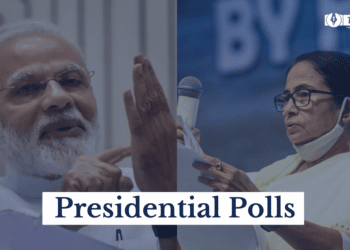As a student, I have always felt that the reality of the world is very different from the concept in books. The books teach the students about the ideal concepts but the real and practical world is a contrast to that teaching. The students who study books and learn the concepts in books find an altogether different world when they step out of school.
There is no right way to teach students about the ‘real’ and harsh reality of the world. The only way to understand the realities of life is an experience of the world. But, somehow realistic films have developed as a portable source of insight into the ‘real world’.
Media literacy is an underrated aspect when it comes to classroom education. Its potential is often neglected but some movies prove their worth in the niche time and again. The recently released movie Jai Bhim raised similar questions.

Jai Bhim is a movie based on a real-life incident of the 1990s. It involves 3 members of a scheduled tribute who were arrested and tortured by the police. One of the detainees dies in the course. So, his wife with the help of a high court advocate fights a legal battle against the ones in power. The inspiration behind the protagonist character is Judge Chandru. He is an advocate who fought a legal battle against those in power. He helped the marginalized to get justice.
In short, we can say that the film covers caste discrimination, dehumanization, social inequality, police brutality, custodial torture, human rights violations, a legal battle for justice, constitutional duties and rights, and more. The film will leave you with several questions about ethics and humanity. Without a clear idea about these aspects and their role in real life, you will feel that you are unprepared for life.
Insight into the ‘real world’:
The question that might come into your mind is what is the connection between a socio-political movie and education? How can this film contribute to education? These kinds of films help students to understand the happenings in society and the community at large. It lets the viewers get an insight into society and community. Sometimes it covers unknown or uncommon but real aspects of society. This helps students to critically think and discuss important social issues and contribute to society constructively. Students finally get to know about the ‘real world’ which might go unnoticed by the students.

The answer to simple questions about the movie by students helps the teachers to access the perspective of students. It makes them think and form their own opinions on important issues. What was the effect of the movie on you? What are your views on the discrimination portrayed in the movie? Do you think the movie has captured the essence of the movie?
As students, we often look up to our teachers for guidance in real life. The role of teachers and educators is not just confined to the school syllabus, but they give important life lessons to students. They let the students understand the complexities of life and share their life lessons.

The use of media education like films, web series, and even some television shows gives a great deal of exposure to the practicalities of life. Every media follows a certain pattern in portraying real-life challenges and problems. Everyone gets an opportunity to understand, think and attach their perception to the hardships in life.
The new medium of social media has brought unlimited mediums of information and content like viral memes, tweets, news, views, and videos. A user gets access to floods of information that can be accurate/inaccurate that are daily available. This information has a different kind of impact on people and influences of an individual. So, it’s important to combine Media literacy with classroom education to give an insight into Real-life to students.
Also Read: Allahabad HC’s unfair ruling of reduced POCSO Sentence for Oral Sex With a 10-Year-Old
















